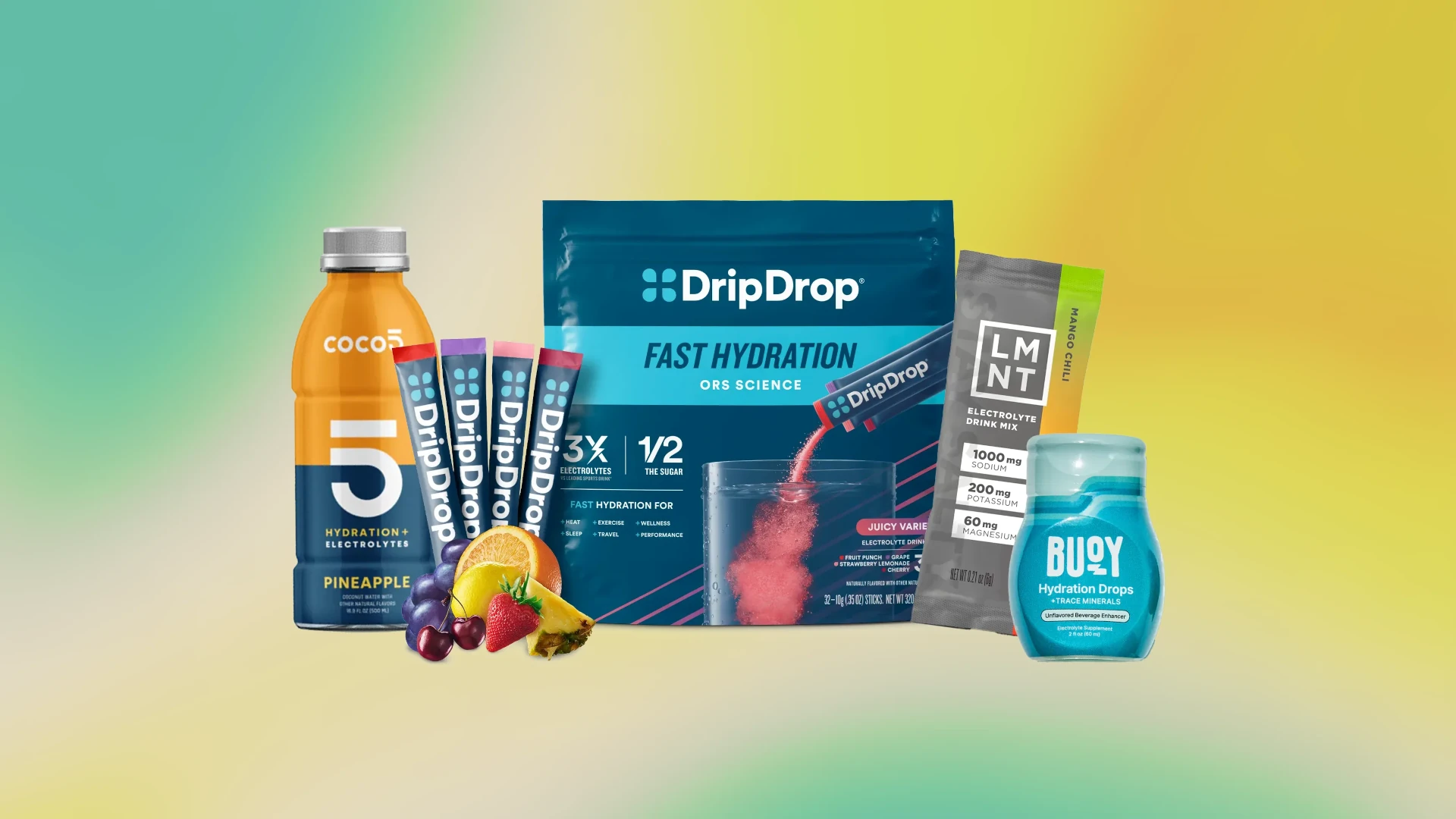Electrolyte Tablets: How to Use Them for Better Hydration

Electrolytes: From Sports Science to Supermarket Shelves
Not too long ago, electrolytes were mainly discussed by endurance athletes or medical professionals. They’re everywhere—hydration powders, sports drinks, sparkling waters, and especially electrolyte tablets have become widely available on supermarket shelves.
This surge in popularity has raised questions for active people and everyday gym-goers alike: Do you need electrolyte tablets? And if so, how do you use them correctly?
What’s the Hype with Electrolyte Tablets?
Electrolyte tablets—compact supplements packed with sodium, potassium, magnesium, and sometimes calcium—help replace what you lose in sweat. They’re designed to support hydration, reduce muscle cramps, and improve endurance performance.
Whether you’re training for a marathon, working outdoors in the heat, or on a long bike ride, water alone may not be enough. These tablets help maintain electrolyte balance, which is crucial for energy production, nerve function, and muscle contraction.
How Many Electrolyte Tablets Should You Take Per Day?
The ideal number depends on your sweat rate, climate, and activity level. Here are some general guidelines:
- Light activity or cool weather: Likely none needed.
- Moderate exercise in warm conditions: 1 tablet per hour.
- Heavy sweat or endurance events: 1–2 tablets per hour, or approx. 300–1000mg of sodium per hour.
For a more precise approach:
- Monitor how much you sweat in an hour of training.
- Watch for signs like muscle cramps, headaches, or fatigue.
- Consider a professional sweat test to tailor your electrolyte intake.
Can You Take Too Many Electrolyte Tablets?
Yes. Overdoing it with electrolyte supplements can lead to hypernatremia (too much sodium in the blood), which may cause bloating, nausea, or more serious issues in extreme cases.
Common signs you’ve overdone it:
- Swollen hands or feet
- Gastrointestinal discomfort
- Feeling sluggish despite proper hydration
Electrolyte tablets should complement your sports nutrition, not replace food or water. If your diet is high in salt or your workouts are light, you might not need extra sodium.
How to Stay Hydrated Without Electrolyte Tablets
Don’t want to rely on supplements? There are natural alternatives that support hydration and performance:
- Low-sugar sports drinks with added electrolytes
- Coconut water (rich in potassium)
- Electrolyte powders that mix into water
- Foods like bananas, pickles, salted nuts, or broth
- DIY hydration drink: Mix water, a pinch of salt, lemon juice, and a splash of fruit juice
These options can offer similar benefits in a more natural form, especially if you prefer whole-food nutrition or are watching your supplement intake.
Final Thoughts
Electrolyte tablets are a powerful tool for hydration and performance when used correctly. Whether you’re an endurance athlete, a trail runner, or someone trying to stay balanced on hot days, understanding your electrolyte needs is key.
Start by listening to your body, experimenting during training (not on race day!), and finding a strategy that supports your lifestyle and goals.
Hydrate smart. Sweat well. Perform better.